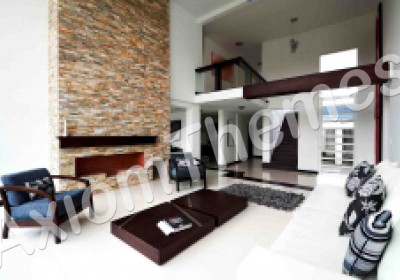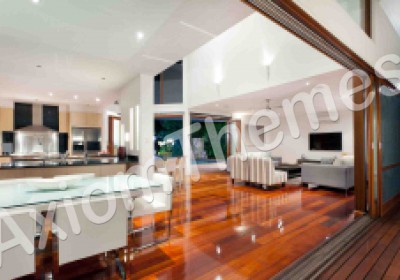Over the years, the rent-to-own industry has grown to include fine art, bicycles, storage sheds, riding lawn mowers, and even wheels and tires. Here, we take a brief look at how rent to own works, and what consumers should know about it.
There are currently about 10,100 rent-to-own stores in operation in the U.S., Mexico and Canada, serving 4.8 million customers each year. As a renter, you enter into an agreement with one of these stores, make regular rent payments – either by the week or month – and after a predetermined number of payments, the item is yours to keep. Unlike a normal retail credit sale, there are no credit-history checks, and you can return the item at any time. Many stores promote that “everyone’s approved.”
Consumers can also take the rent-to-own route to purchase homes and automobiles. These agreements, however, differ from those found in rent-to-own stores. The primary difference is that with a home or car, the renter must make a “down payment” of sorts: In a real estate transaction, this is referred to as option money, and it’s cash paid by the buyer to the seller for the option (or right) to purchase the house in the future. You pay rent for a set period of time (usually one to three years), and at the end of the lease, you can exercise your right to buy the house (for a price that is established in advance, or at the current market value, whichever is stated in the contract). If you decide not to purchase the house, you can walk away, but you lose the option money and any portion of the rent you paid that earned you a credit towards the purchase price.
Even though rent-to-own stores typically don’t represent the best deal – for either outright purchases or rentals – they may be a good option if you don’t plan on needing an item for very long. If you are renting an apartment for a just a few months, for example, it might make sense to rent your furniture, TV and other items. It’s also a reasonable option if you have bad or nonexistent credit and you are unable to qualify for a loan or line of credit.




